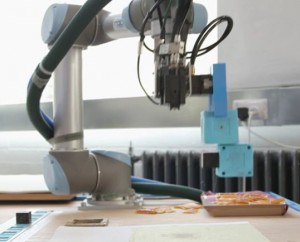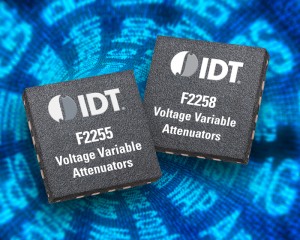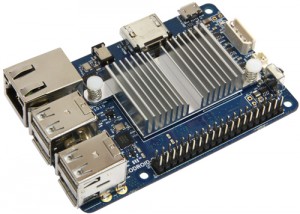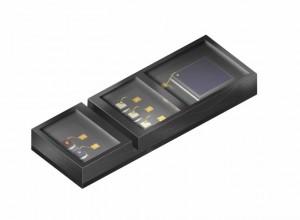 Evolution by natural selection has been observed in robots, according to a team lead by the University of Cambridge.
Evolution by natural selection has been observed in robots, according to a team lead by the University of Cambridge.
In the experiment, a constructor robot assembles simple robots (called ‘locomotion agents’), test them against movement-based criteria, build another another generation based on results, then test these, and so on…
Mechanically, the constructor is an arm with six degrees of freedom (a Universal Robots UR5) equipped with a two-fingered gripper and a hot-melt glue gun.
Locomotion agents are built combinations of two parts:
‘passive elements’ which are 3cm black cubes
‘active elements’, which are 6cm blue cubes – one face of which can be rotated by an internal motor.
A genome with one to five genes controls how passive elements are glued to active elements during construction.
500 locomotion agents were built, with the later ones travelling twice as fast as the early ones.
The work is both simpler and more complex that some press reports would have you believe. The on-line PLOS One paper ‘Morphological evolution of physical robots through model-Free phenotype development‘ tells all.
In the photo, the gripper of the construction robot holds two pale blue active elements glued together. A single spare black passive element sits on the left of the table. A video camera (out of the picture) provides visual feedback.
There is also an evolution robot video.




